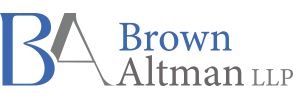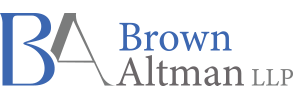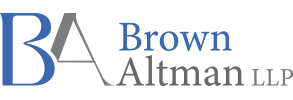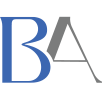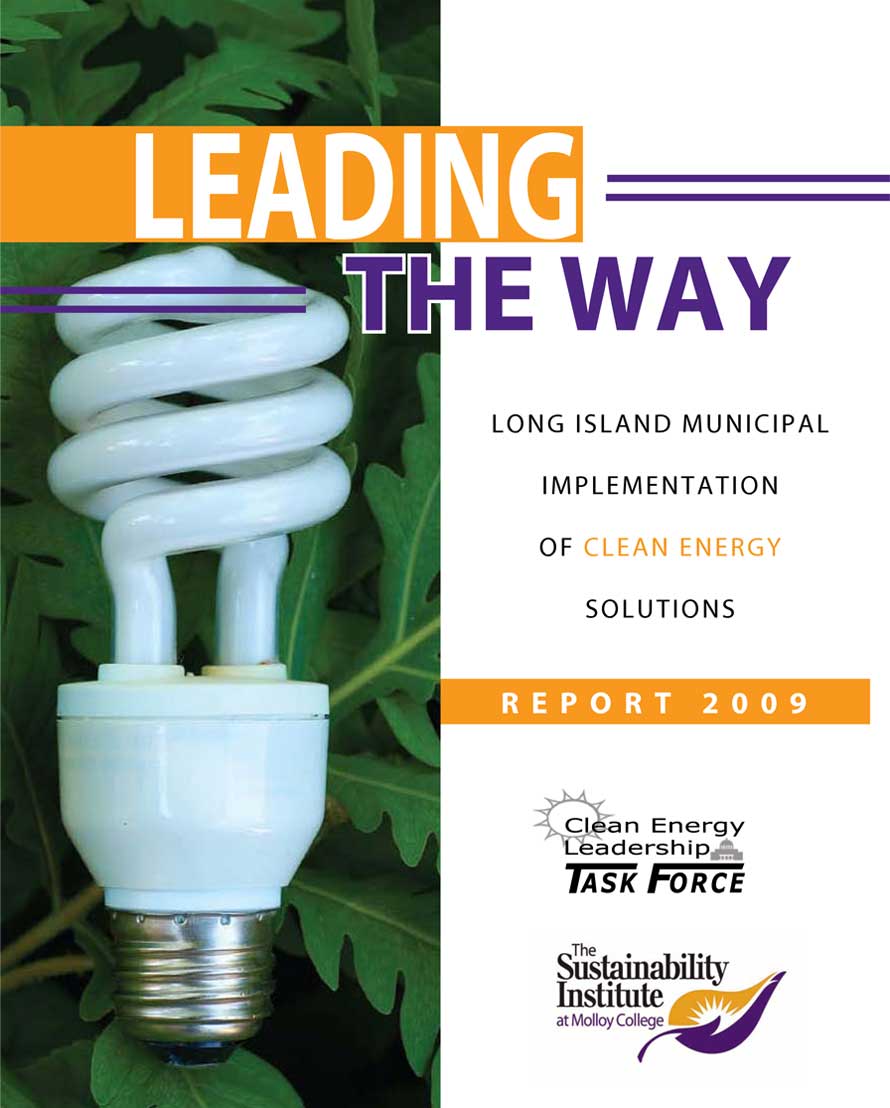
15 Nov NYSDEC CHANGES THE LONG AND SHORT EAF EFFECTIVE OCTOBER 7, 2013
The New York State (“NYS”) Department of Environmental Conservation (“DEC”) has recently adopted substantially revised Long Environmental Assessment Forms (“LEAF”) and Short Environment Assessment Forms (“SEAF”). According to the NYS DEC, these are the first significant changes to the LEAF since 1978 and to the SEAF, since its last revision in 1987.
The NYS DEC has amended the documents as part of its efforts to “streamline” the State Environmental Quality Review Act (“SEQRA”) process. In furtherance of the same, the NYS DEC is requiring that substantially more comprehensive information be included on both the LEAF and SEAF as of Monday, October 7, 2013. Since said date, all Towns and Village are prohibited from using the prior forms for new applications. Pending applications may continue to use the prior forms if the same were submitted to the municipality before October 7, 2013.
In order to assist with the completion of the SEAF and LEAF, the NYS DEC is developing an “EAF Mapper” to automatically complete some portions of the SEAF and LEAF upon entering the subject property’s location. The same, however, was not available when the new SEAF and LEAF came into effect, but has since been made available as of October 30, 2013 at http://www.dec.y.goveafmapper/.
Modifications to the Short Environmental Assessment Form
As a result of the modifications, the SEAF has doubled in size from two (2) pages to four (4) pages in length. The portion of the SEAF to be completed by sponsors/applicants has increased from one (1) page to over two (2) pages to accommodate additional questions from the NYS DEC. The new questions that sponsors/applicants must answer include, among others, the following:
- Is the proposed action consistent with the predominate character of the existing built or natural landscape?;
- Is the site located in, or does it adjoin, a state listed Critical Environmental Area?;
- Will the proposed action result in a substantial increase in traffic above present levels?;
- Is the proposed action in an archeological sensitive area?;
- Does any portion of the site of the proposed action, or lands adjoining the proposed action, contain wetlands or other water bodies regulated by a federal, state or local agency?; and
- Does the site of the proposed action contain any species or animal, or associated habitats, listed by the State or Federal Government as threatened or endangered?
Accordingly, it appears that the completion of the new SEAF will now require greater knowledge of State and Federal regulations affecting both the subject property and any adjoining properties. This may make the completion of the same difficult for lay persons unfamiliar with said regulations and the judgments required to answer the more subjective questions.
Modifications to the Long Environmental Assessment Form
Similar to the SEAF, the Applicant’s portion of the LEAF was increase in size from 10 pages to 13. The information included on the LEAF appears to have been reordered with the Governmental Approval and Zoning sections moved up to pages 2 and 3. It also appears that the State is now requiring more detailed responses to questions contained in the LEAF. To assist with the completion of the same, the NYS DEC has indicated that up to 20 questions on the LEAF will be completed with the “EAF Mapper”.
Conclusion:
The revisions to the LEAF and SEAF represent a substantial modification from the forms that applicants, municipalities, engineers, architects and other design professionals have been accustomed to using in New York State. While the stated reason for requiring the additional information is to “streamline” the State’s SEQRA review, it remains to be seen if the revised forms will further said goal or will merely serve as yet another hindrance to development in the State.
If you have any questions regarding the new SEAF or LEAF, please feel free to contact us.
Brown & Altman, LLP offers a broad range of legal services to the real estate development industry. The firm concentrates on the complex field of commercial real estate law, including real estate transactions, leasing, financing, title, environmental, zoning, permitting and litigation. Brown & Altman is located at 510 Broadhollow Road, Suite 110, Melville, New York. The telephone number is (516) 222-0222 and the email address is kbda@brownaltman.com
